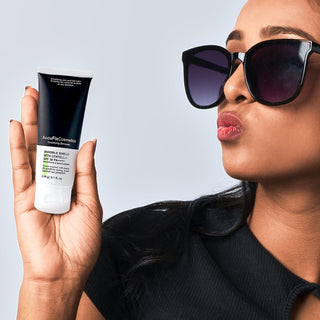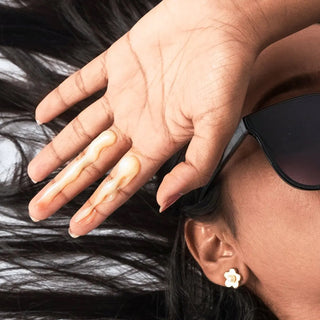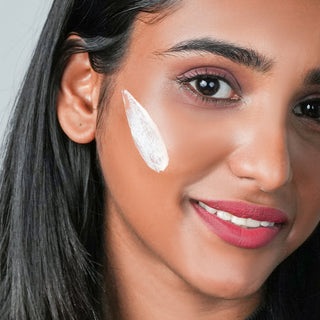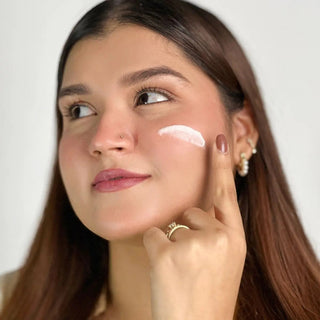Post
-

4 Best Ingredient Pairings with Hyaluronic Acid
How HA works with four high-performance active ingredients.
-

Find Perfect Niacinamide Match: How to Choose the Right One for Your Skin
Let’s help you find the right match for your skin. We’ll go over how to choose the best strength of Niacinamide, what kind of product to use, and how to...
-

A Clear Guide to Improving Acne Scars and Marks
Learn what acne scars are, how they differ from acne marks & how to treat them.
-

Treat Unclog Pores & Closed Comedones in Right Way
Let’s break down what comedones really are, how they form and how to get rid from them.
-

Back & Body Acne No One Talks About: Causes, Triggers & Real Treatments That Work
Let’s break down exactly what causes acne, the different types (including back acne, shoulder acne, and hormonal pimples), and how to treat it effectively — without harsh scrubbing or guesswork.
-

7 Common Sun Protection Myths You Still Believe
Let’s bust the 7 most common sunscreen myths that tend to keep showing up on social platforms again and again..
-

Can Sun Exposure Darken Your Lips? Here’s How to Protect and Care for Them
In this blog, we’ll explore how sun darken lips, how to protect them, and what kind of SPF lip balm you should be use.
-

Everything You Need to Know About Sunscreen: A Clear Guide for Safe Sun Protection
Read difference b/w sunblock & sunscreen, info about SPF, UVA and UVB rays.
-

Struggling with Acne? Here’s Why You Need a Non-Comedogenic Sunscreen
Let’s break down why sunscreen matters for acne-prone skin, what ingredients to look for, and which product might be the best fit for your skin.
-

Morning Skincare Routine for Summer with AccuFix Cosmetics
Get your skin summer-ready with a simple yet powerful morning routine! Discover expert tips for cleansing, nourishing, and protecting oily, dry, and sensitive skin.
-

How Long Does It Take for Salicylic Acid to Show Results?
Let’s break down what this ingredient does and how long it takes to see real changes in your skin.
-

Best Way to Use Salicylic Acid
Let’s break down all myths about salicylic acid in simple words so you know what’s true—and what’s not.












